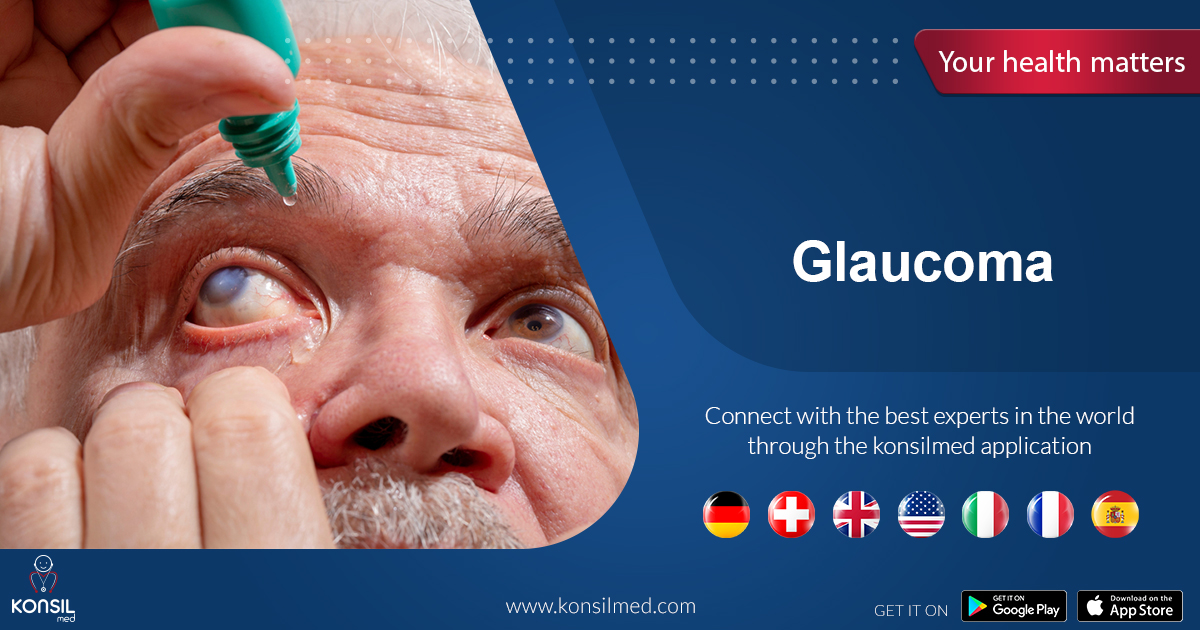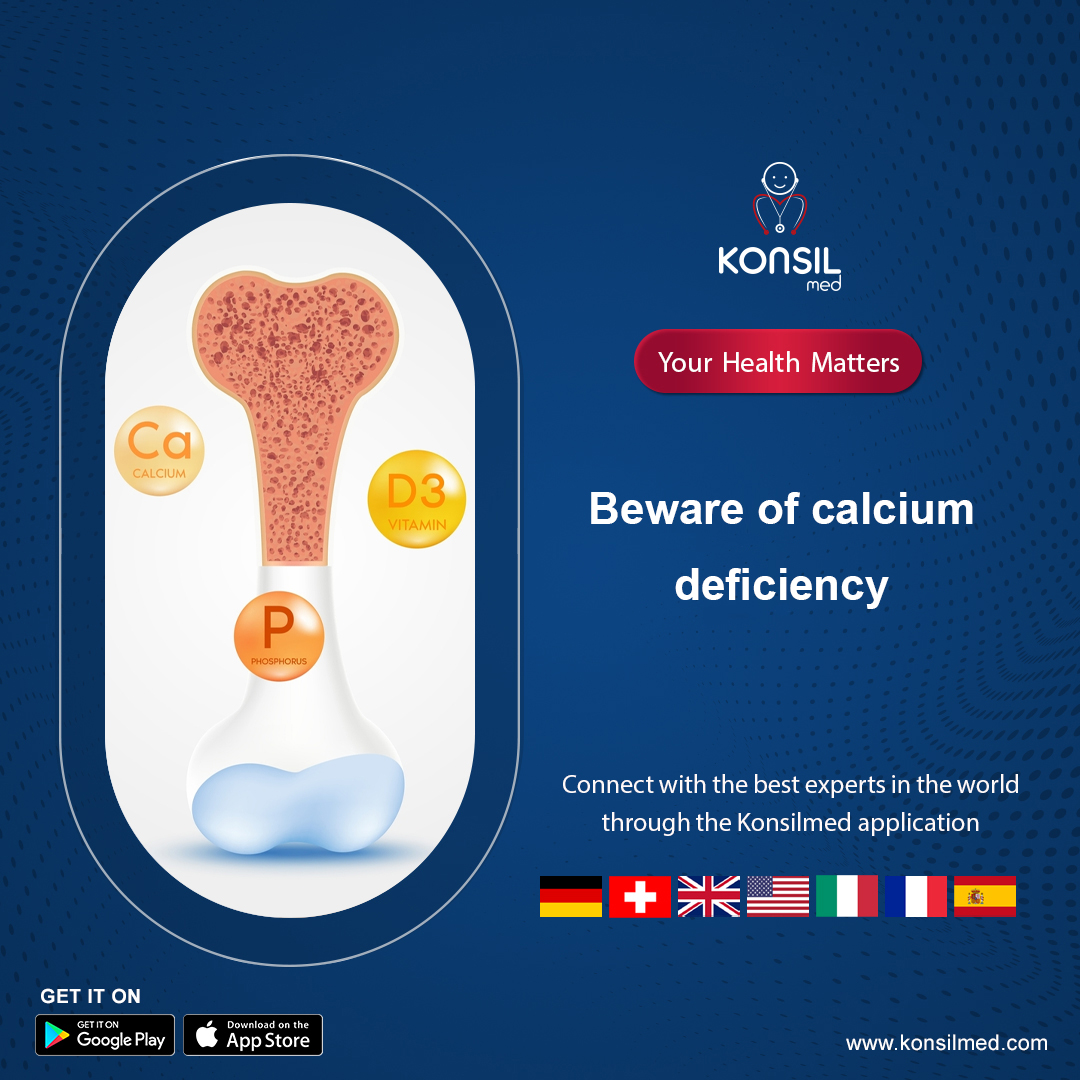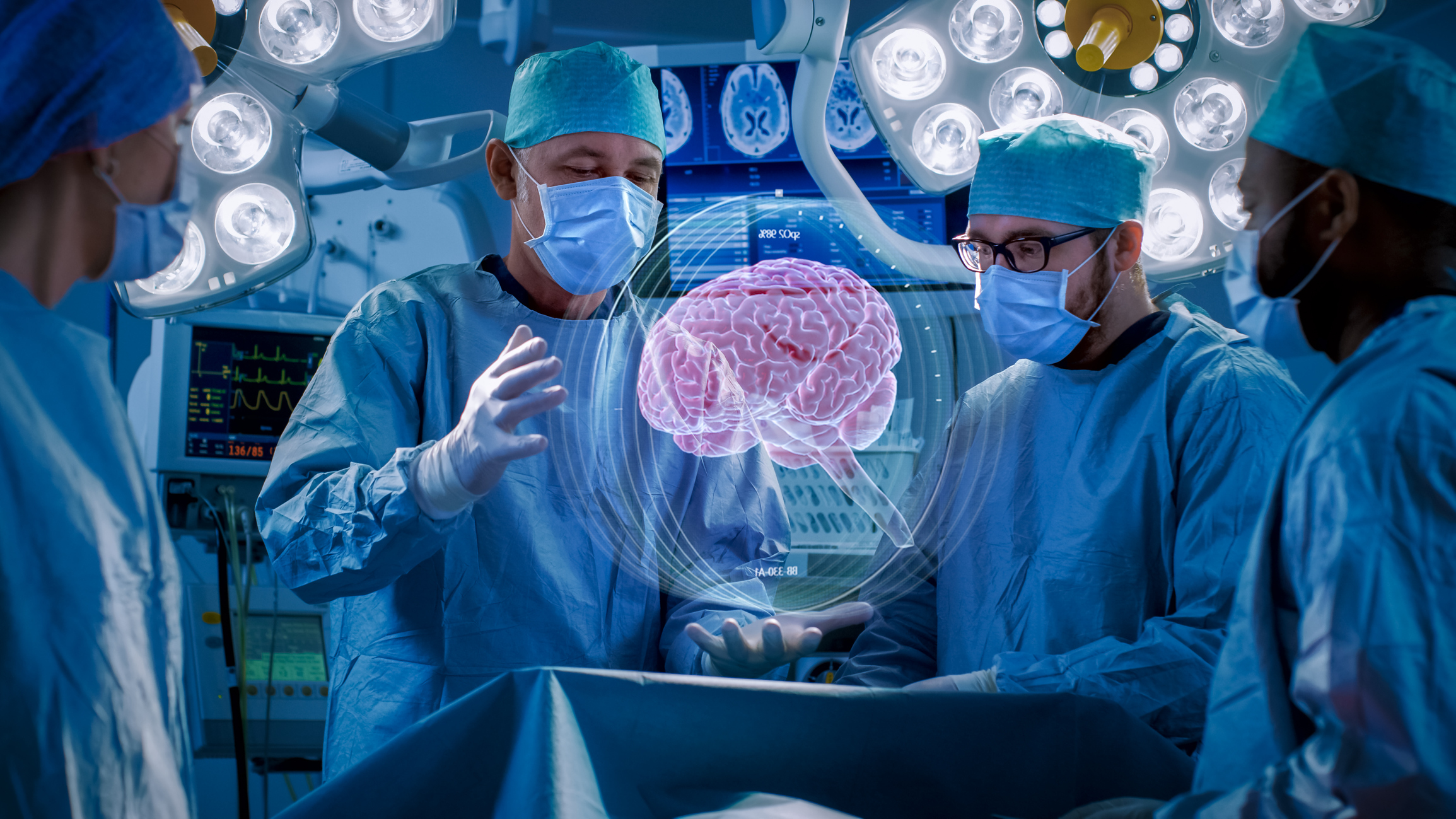
Benign prostatic hyperplasia occurs as a result of aging, and is a common phenomenon in men.
When a man gets older, the prostate goes through two stages of growth. The first stage occurs at the beginning of adolescence when the prostate doubles its size, and at the age of 25 years the prostate begins to grow again, and this growth sometimes leads, after several years, to benign prostatic hyperplasia.
Although the prostate continues to grow throughout the years of a man’s life, this growth does not lead to problems except at an older age. It is rare for an enlarged prostate to cause symptoms before the age of forty, but more than half of men in their sixties do. Nearly ninety percent of men between the ages of seventy and eighty years suffer from symptoms of benign prostatic hyperplasia to varying degrees.
When the prostate enlarges, the layer of tissue that covers it shifts without expanding, which leads to the prostate pressing on the urethra, which leads to irritation of the wall of the urinary bladder. Thus, the urinary bladder causes pressure even when it contains a small amount of urine, a phenomenon that causes urination at intervals of time. Close together, and over time the urinary bladder weakens and loses the ability to completely empty urine.
Urethral stricture and partial emptying of the bladder are the causes of a large portion of the problems related to benign prostatic hyperplasia.
The size of the prostate does not always determine the severity of the obstruction in the urethra or the symptoms of an enlarged prostate in some men. The size of the gland can be very large, but the degree of obstruction in the urethra is small and the symptoms are few. In another part of men, the size of the gland is less, but the degree of obstruction is greater, and the problems that arise It's caused by more.
Some men suddenly discover obstruction, as they lose the ability to urinate completely. This condition is called acute urinary retention. It can occur as a result of taking non-prescription medications to treat colds or allergies. These medications contain a substance that has a stimulating effect on the urine. Sympathetic nervous system: One of the side effects of this substance is that it may prevent relaxation of the opening of the urinary bladder that allows urine to exit.
Symptoms of benign prostatic hyperplasia:
*Intermittent and weak urine stream.
*Feeling an urgent desire to urinate and urine leakage.
* Urinating at frequent intervals and at night.
Out of every ten cases in which these symptoms appear, eight of them are due to prostate enlargement, but these symptoms can indicate a disease that is more serious than that and requires rapid treatment. These diseases, including prostate cancer, can only be ruled out by an examination conducted by a urologist. (Urologist).
Over time, severe benign prostatic hyperplasia may lead to difficult problems, such as:
*Infections in the urethra.
*Harm to the bladder or kidneys.
* Formation of stones in the urinary bladder.
*Lack of control of urination.
*Urinary incontinence.
If the damage to the bladder is permanent and irreversible, treatment for prostate enlargement will not help in this case. When bladder enlargement is diagnosed at an early stage, the possibility of these complications appearing is less.
Causes and risk factors of benign prostatic hyperplasia:
The factor that causes prostate enlargement is still unknown, and there is no confirmed and conclusive information regarding risk factors. It has been known for hundreds of years that prostate enlargement usually appears in older people, and does not appear in men who had their testicles removed before adolescence, and because of this The Facts Some researchers believe that factors related to aging and testicles may accelerate the development of benign prostatic hyperplasia.
Theories explaining the cause of benign prostatic hyperplasia
There are several theories about the relationship of hormones to prostate enlargement, including:
1. The role of testosterone in prostate enlargement
A man produces testosterone, which is an important male hormone. He also produces a small amount of estrogen, which is a female hormone. When a man gets older, the level of effective testosterone in the blood decreases, and as a result, the level of estrogen rises.
In research conducted on animals, it was suggested that benign enlargement of the prostate occurs due to the high level of estrogen in the gland, which increases the effectiveness of some substances that stimulate and accelerate cell enlargement.
2. The role of Dihydrotestosterone (DHT - Dihydrotestosterone)
Another theory focuses on dihydrotestosterone, a substance derived from testosterone in the prostate, which is thought to help reduce prostate enlargement.
Research has shown that most animals lose the ability to produce the substance as they age, but it has been shown in certain research that despite the decrease in the amount of testosterone in the blood, older people continue to produce and store high levels of dihydrotestosterone in the prostate. It is possible that the accumulation of the substance It is the reason that leads to cell enlargement.
Scientists have noted that benign prostatic hyperplasia does not appear in men who do not produce dihydrotestosterone.
3. The role of growth hormones
Some researchers believe that benign prostatic hyperplasia occurs as a result of instructions received by cells at an early stage of life. According to this theory, benign prostatic hyperplasia occurs because cells in a specific area of the prostate gland carry out these instructions and wake up again at a late stage of life. These cells that awaken send Signals to other cells in the gland that encourage them to grow or transform them into cells that are more sensitive to growth hormones.
Complications of benign prostatic hyperplasia:
*Inability to urinate.
*Urinary tract infection.
*Bladder stones.
*Bladder damage.
*Kidney problems.
Diagnosis of benign prostatic hyperplasia:
Initially, symptoms of benign prostatic hyperplasia can be noticed by the patient himself.
Or it is possible that the doctor will notice during a routine examination that the prostate is enlarged. When there is suspicion that there is an enlargement of the prostate, it is preferable to go to a urologist, who specializes in problems of the urinary tract and reproductive system in men.
There are several tests that help the doctor diagnose the problem and determine if there is a need for surgery. These tests differ from one patient to another, and some of the tests that are performed include the following:
*Digital rectal examination (DRE - digital rectal examination)
This examination is the first examination performed by the specialist doctor. Usually in this examination, the doctor inserts his finger into the anal opening and attempts to examine part of the prostate near the rectum (Rectum). This examination gives the doctor initial information about the size and condition of the prostate.
* Prostate specific antigen (PSA) test
In order to rule out the presence of cancer as a cause of symptoms in the urinary tract, the doctor may recommend this test. It is a protein produced by prostate cells, and is often present at a high level in men with prostate cancer.
The US Food and Drug Administration (FDA) has approved the test to be performed in conjunction with a digital rectal examination to help detect prostate cancer in men age 50 and older, and for post-treatment follow-up in men who have had prostate cancer.
However it is not entirely clear how protein levels should be interpreted and analysed. To what extent can this examination distinguish between a malignant tumor and a benign tumor in the prostate? What are the best methods to be followed if high levels of antigen are detected?
Treatment of benign prostatic hyperplasia:
Men with symptomatic BPH usually require treatment for a period of time, but some researchers question the need for early treatment of BPH in cases where the enlargement of the prostate is mild.
Instead of starting immediate treatment, researchers suggest the following:
*See a doctor regularly and remain under regular monitoring, which allows problems to be detected at an early stage.
*Begin treatment when the condition worsens and poses a threat to the patient's health, or causes a high degree of discomfort.
* Treating urinary tract infections, if they appear. The doctor will usually decide to treat these infections with antibiotics before he begins treating the benign prostatic hyperplasia itself.



































































.jpg)
.jpg)